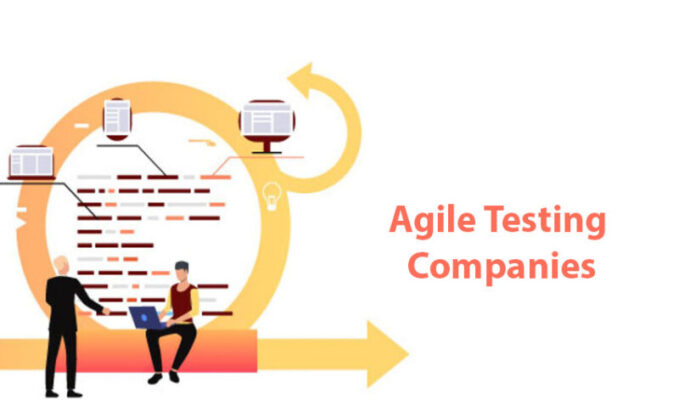As a globally recognized cloud-based CRM solution, Salesforce helps enterprises to offer seamless customer engagement. To meet customers’ expectations, Salesforce offers new features, functionalities, & customer enhancements through three major releases. Due to its availability as open-source, Selenium has become a preferable choice of QA teams to test their Salesforce instance. However, the question remains the same. Is Selenium the right test tool for Salesforce? To understand this, we need to analyze few points which are listed below.
Navigating through frames
Salesforce is a complex application. The front end of applications that are created on Salesforce features dynamic frames. These dynamic frames load content independently in HTML. Since Selenium doesn’t have access to content directly, it is really difficult to handle these dynamic frames. In case, if you use command like driver.switchTo().frame(“frame-attribute”), these will require a lot of effort to find the right attributes and script. Furthermore, it would become more difficult to handle nested or hidden frames. In the Salesforce application that utilizes many frames, a 30-40 step test case requires hours of coding.
Dynamic Content
Salesforce comes with dynamic elements that don’t have fixed attributes like ID, name, class, or CSS. It is really difficult to hard code dynamic elements. Due to dynamic elements, slight changes in the code can led to testing failures, flaky tests, or inconsistent in testing. Though Selenium WebDriver comes with different types of waits i.e. Implicit Wait and Explicit Wait that can be used to search elements that are not immediately present on the page, these require a lot of coding and effort.
Database driven tables
Since Salesforce uses database-driven tables, the rows are created dynamically. Using Selenium to perform simple actions such as ticking a checkbox can be complicated, challenging, & error-prone. Complexities like Shadow DOM and pop-up windows are also difficult to test with Selenium since it doesn’t directly support such elements.
Other challenges
Most of you take Selenium as a tool that automates browsers. However, Selenium is a programming library that requires you to write code to create tests, manage and execute those codes, handle errors, and report. In this era of continuous innovation when software vendors like Salesforce are releasing major updates thrice a year, you cannot allow your automation engineer to spend days in writing end-to-end tests. Not only it requires huge cost but also consumes lots of time.
How to overcome these challenges?
A better approach is to embrace no-code test automation platforms like OpKey that uses machine learning, artificial intelligence, and other advanced technologies like self-healing/ auto-heal. In the case of dynamic elements, test stability gets impacted when there is a slight change in the application. The frequent releases of Salesforce have the potential to make test scripts flaky/brittle. The use of machine learning technology helps in making test scripts more stable. Machine learning and self-healing capabilities easily identify changes made to an element locator (ID), or a screen/flow while enabling test scripts syncing with the latest updates to make scripts more stable. AI-driven Impact Analysis engine analyses the code-change with respect to the baseline to highlight the impacted areas. Based on the highlighted impact, QA teams can generate specific test scripts to achieve broader coverage while accelerating the test execution process by eliminating human elements. Most test automation platforms like OpKey come with Salesforce specific recorder that works in incorporation with machine learning technology. Leveraging machine learning identification technology, it becomes easier to identify the correct elements. Machine learning and self-healing capabilities easily identify change made to an element locator (ID), or a screen/flow. These capabilities make test scripts sync with the latest updates, making scripts stable. Most test automation platforms like OpKey come with Salesforce specific recorder that works in incorporation with machine learning technology. This AI/ML driven object identification technology captures correct locators to overcome the challenges related to dynamic elements. Salesforce-specific test recorders easily handle complexities like modal window pop-ups, Shadow DOM elements, maintenance, and so on while the inbuilt Impact Analysis feature seamlessly updates test scripts that are impacted by the change in UI to deliver robust test automation. Salesforce Test Automation platform with AI, ML, & other technology helps you to keep pace with frequent releases and updates.
Read Dive is a leading technology blog focusing on different domains like Blockchain, AI, Chatbot, Fintech, Health Tech, Software Development and Testing. For guest blogging, please feel free to contact at readdive@gmail.com.





